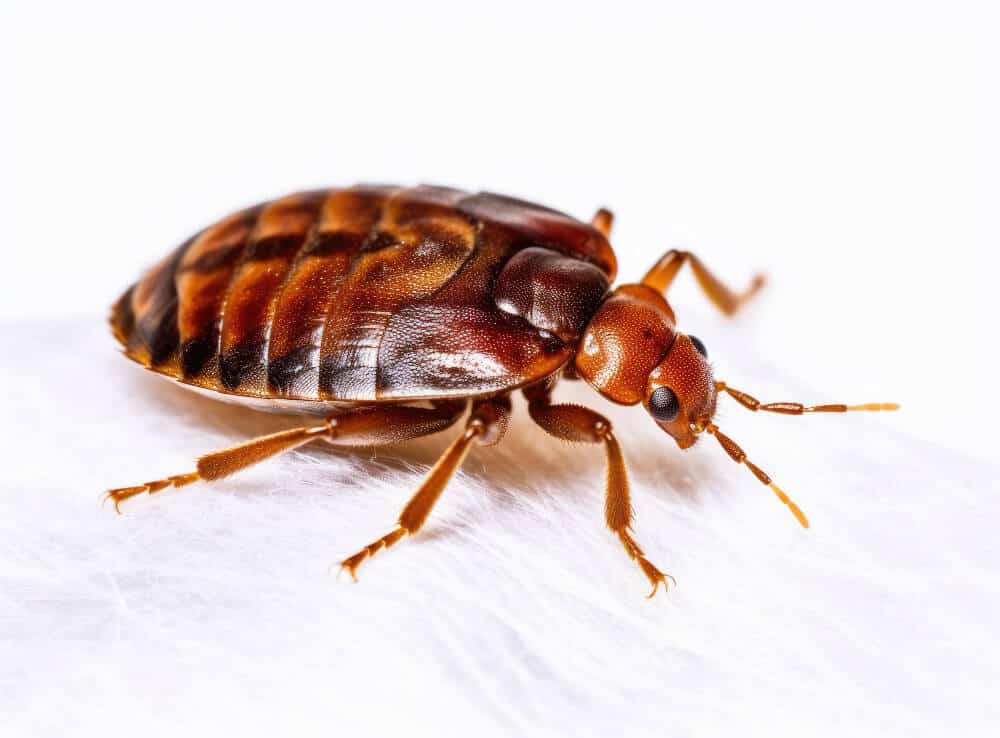Professional A1 Bed Bug Exterminator in Houston - Efficient Solutions
Professional A1 Bed Bug Exterminator in Houston - Efficient Solutions
Blog Article
Recognizing the Lifecycle of Parasites for Targeted Control Methods
Recognizing the lifecycle of parasites is a fundamental aspect of effective pest management strategies. By understanding the numerous phases of advancement that pests undergo, a much more specific and targeted strategy can be embraced to control their populations. This expertise not just drops light on the vulnerabilities within the pest lifecycle but additionally paves the way for implementing strategic actions that can interrupt their growth and reproduction cycles. With a deeper understanding of just how bugs grow and progress, tailored control approaches can be created to deal with certain points in their lifecycle, inevitably causing more effective insect management end results.
Importance of Comprehending Parasite Lifecycle
Comprehending the lifecycle of parasites is important for creating effective and targeted control techniques in bug management. By comprehending the numerous phases an insect goes through from egg to grownup, insect control specialists can identify susceptible factors in the lifecycle where treatment can be most effective. For example, understanding when larvae are most energetic can help figure out the optimum timing for using larvicides. Additionally, comprehending the life expectancy of a parasite species can aid in anticipating population growth patterns and possible infestation dangers.
In addition, recognizing the specific ecological problems essential for each and every stage of the parasite's lifecycle can lead decisions on environment alteration or exclusion approaches to decrease and disrupt the lifecycle pest populaces. This expertise makes it possible for pest monitoring specialists to execute aggressive steps instead of counting exclusively on reactive treatments, leading to even more sustainable and long-term bug control services. Ultimately, a detailed understanding of parasite lifecycles equips insect control practitioners to customize their approaches efficiently, making the most of and decreasing environmental influences control results.
Key Phases in Bug Development
To efficiently execute targeted control methods in bug administration, a critical aspect lies in adequately determining and understanding the essential stages in pest development. Pest development generally consists of numerous vital stages that are essential for their lifecycle and management.

Vulnerabilities in Parasite Lifecycle
Throughout the numerous stages of a bug's lifecycle, distinct susceptabilities emerge that can be tactically targeted for effective control procedures. One crucial susceptability exists in the egg phase, where parasites are usually more at risk to particular insecticides or organic control agents because of their soft outer covering, making them less complicated targets for intervention. In addition, the larval or nymph stage provides susceptabilities as insects go through quick growth and growth, requiring high energy usage that can be manipulated by disrupting their food sources or introducing development preventions. Pupal phases, characterized by immobility and makeover, offer a window for targeted control with physical obstacles or details treatments that hinder successful introduction. Ultimately, adult insects, while a lot more resistant as a result of their reproductive capacity, can still be susceptible throughout breeding or egg-laying tasks, which can be interfered with through pheromone traps or sterilization methods. Comprehending these vulnerabilities in the insect lifecycle is crucial for creating precise and reliable control methods that successfully handle insect populations while reducing environmental impact.
Executing Targeted Control Procedures

Implementing targeted control actions commonly involves a multi-faceted technique. This may consist of habitat alteration to make the environment my company much less congenial to pests, such as eliminating standing water for insect control or sealing access points for rodents. Furthermore, organic control techniques can be made use of, where natural killers or virus are introduced to maintain pest populaces in check.
Chemical control, such as the careful application of pesticides, is one more usual method. It is crucial to use these compounds carefully to minimize environmental effect and prospective injury to non-target species - A1 bed bug removal houston. Integrated Parasite Management (IPM) techniques that incorporate various control steps in a worked with and lasting fashion are often the most effective in accomplishing long-lasting bug monitoring objectives. By executing targeted control measures based on a complete understanding of parasite lifecycles, parasite populaces can be properly regulated while decreasing threats to human wellness and the setting.
Improved Insect Monitoring Practices

Additionally, the unification of biological control agents, such as all-natural killers or pathogens of bugs, can help in reducing dependence on chemical pesticides and advertise a more well balanced ecosystem. Executing physical obstacles and catches can also be part of improved parasite management methods, offering safe and targeted options for parasite control. Additionally, making use of pheromones and other semiochemicals can interrupt pest breeding patterns and interaction, leading to decreased insect populaces gradually.
Verdict
By recognizing crucial stages in investigate this site pest growth and susceptabilities in their lifecycle, targeted control procedures can be carried out to reduce pest populaces. Improved insect management techniques can assist reduce the dependence on broad-spectrum chemicals and promote even more ecologically friendly and lasting bug control methods.
Recognizing the lifecycle of bugs is vital for developing reliable and targeted control techniques in pest monitoring. By comprehending the numerous phases a pest goes via from egg to adult, pest control experts can identify prone points in the lifecycle where treatment can be most successful. Inevitably, a complete understanding of pest lifecycles encourages pest control experts to tailor their methods effectively, minimizing environmental impacts and making the most of control results.
By applying targeted control steps based on a detailed understanding of insect lifecycles, bug populaces can be effectively managed while decreasing risks to human wellness and the setting.
By identifying crucial phases in parasite development and vulnerabilities in their lifecycle, targeted control procedures can be applied to minimize insect populations.
Report this page